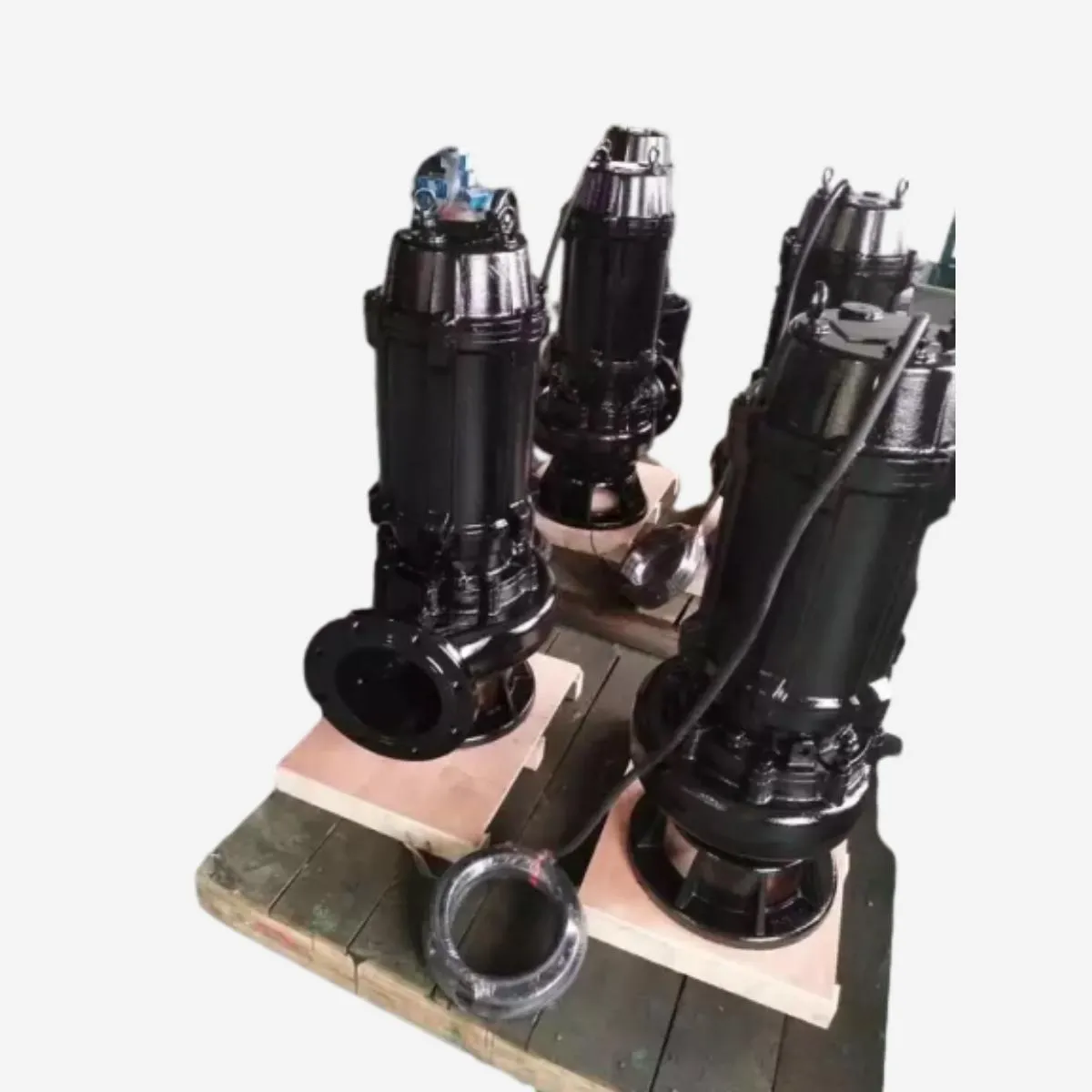Kyrgyz
- Afrikaans
- Albanian
- Amharic
- Arabic
- Armenian
- Azerbaijani
- Basque
- Belarusian
- Bengali
- Bosnian
- Bulgarian
- Catalan
- Cebuano
- Corsican
- Croatian
- Czech
- Danish
- Dutch
- English
- Esperanto
- Estonian
- Finnish
- French
- Frisian
- Galician
- Georgian
- German
- Greek
- Gujarati
- Haitian Creole
- hausa
- hawaiian
- Hebrew
- Hindi
- Miao
- Hungarian
- Icelandic
- igbo
- Indonesian
- irish
- Italian
- Japanese
- Javanese
- Kannada
- kazakh
- Khmer
- Rwandese
- Korean
- Kurdish
- Kyrgyz
- Lao
- Latin
- Latvian
- Lithuanian
- Luxembourgish
- Macedonian
- Malgashi
- Malay
- Malayalam
- Maltese
- Maori
- Marathi
- Mongolian
- Myanmar
- Nepali
- Norwegian
- Norwegian
- Occitan
- Pashto
- Persian
- Polish
- Portuguese
- Punjabi
- Romanian
- Russian
- Samoan
- Scottish Gaelic
- Serbian
- Sesotho
- Shona
- Sindhi
- Sinhala
- Slovak
- Slovenian
- Somali
- Spanish
- Sundanese
- Swahili
- Swedish
- Tagalog
- Tajik
- Tamil
- Tatar
- Telugu
- Thai
- Turkish
- Turkmen
- Ukrainian
- Urdu
- Uighur
- Uzbek
- Vietnamese
- Welsh
- Bantu
- Yiddish
- Yoruba
- Zulu
Telephone: +86 13120555503
Email: frank@cypump.com
Oct . 16, 2024 08:42 Back to list
Design and Operation of Pumps for Septic System Effluent Management and Disposal
Understanding Septic Effluent Pumps A Crucial Component of Wastewater Management
Septic systems are widely used in rural and suburban areas where centralized sewer systems are not available. These systems are crucial for managing domestic wastewater, and at the heart of many septic setups lies the septic effluent pump. This article will explore the function, types, maintenance, and importance of septic effluent pumps in ensuring effective wastewater management.
What is a Septic Effluent Pump?
A septic effluent pump is a specialized pump designed to move liquid wastewater from the septic tank to the drain field or leach field. Unlike a traditional sewage pump, which might handle solids and liquids, septic effluent pumps specifically manage the effluent, meaning they only handle the liquid portion that has been treated in the septic tank.
The primary function of the effluent pump is to ensure that the wastewater is effectively distributed throughout the drain field. This distribution is essential because it allows the effluent to seep into the soil, where natural filtration processes break down contaminants and return clean water to the groundwater system.
Types of Septic Effluent Pumps
There are two main types of septic effluent pumps submersible and pedestal pumps.
1. Submersible Pumps These pumps are designed to operate underwater, placed directly in the septic tank. They are sealed to prevent water from entering the motor and are typically used in systems where the pump needs to move effluent over a longer distance or to a higher elevation.
2. Pedestal Pumps Unlike submersible pumps, pedestal pumps are installed above the tank. They have a motor mounted on a pedestal, which keeps it away from the liquid waste. They are easier to maintain and service since the motor is accessible above ground, making them a good choice for systems where maintenance is a priority.
Both types serve the same fundamental purpose to ensure the efficient transfer of treated effluent to the drain field
.septic effluent pump

Maintenance of Septic Effluent Pumps
Regular maintenance is crucial for the effective operation of septic effluent pumps. Here are some key maintenance practices
1. Regular Inspections Periodic checks of the pump and associated components can help identify potential issues early. This includes examining the alarm system, float switches, and electrical connections.
2. Cleaning Keeping the pump and its intake screen clean can prevent clogs and ensure efficient operation. If the pump is submersible, this may involve manually cleaning it during inspections.
3. Professional Servicing It’s advisable to have the septic system, including the effluent pump, serviced by a professional every few years. This ensures that any hidden issues are identified and addressed before they escalate.
4. Avoiding Chemical Additives Homeowners should refrain from using excessive chemical drain cleaners, as they can disrupt the natural bacteria in the septic system which are vital for breaking down waste.
The Importance of Septic Effluent Pumps
The importance of septic effluent pumps cannot be overemphasized. A properly functioning pump is vital for preventing backflow into the septic tank, which could lead to overflows or malodorous conditions. Moreover, if an effluent pump fails and effluent cannot be properly distributed, it can cause saturation in one area of the drain field, leading to system failure and environmental contamination.
In conclusion, septic effluent pumps are essential components of effective wastewater management in areas without centralized sewerage systems. Understanding their operation, maintenance, and importance can help homeowners ensure that their septic systems function smoothly, maintaining environmental health and complying with regulations. Proper care and timely intervention can extend the life of the pump and avoid costly repairs, providing a sustainable solution for managing wastewater.
-
Heavy-Duty Mining Sludge Pumps - Wear-Resistant Slurry Handling
NewsAug.02,2025
-
Horizontal Split Case Pump with GPT-4 Turbo | High Efficiency
NewsAug.01,2025
-
ISG Series Pipeline Pump - Chi Yuan Pumps | High Efficiency, Durable Design
NewsAug.01,2025
-
Advanced Flue Gas Desulfurization Pump with GPT-4 Turbo | Durable & Efficient
NewsJul.31,2025
-
ISG Series Vertical Pipeline Pump - Chi Yuan Pumps | Advanced Hydraulic Design&Durable Construction
NewsJul.31,2025
-
ISG Series Vertical Pipeline Pump - Chi Yuan Pumps | Energy Efficient & Low Noise
NewsJul.31,2025










